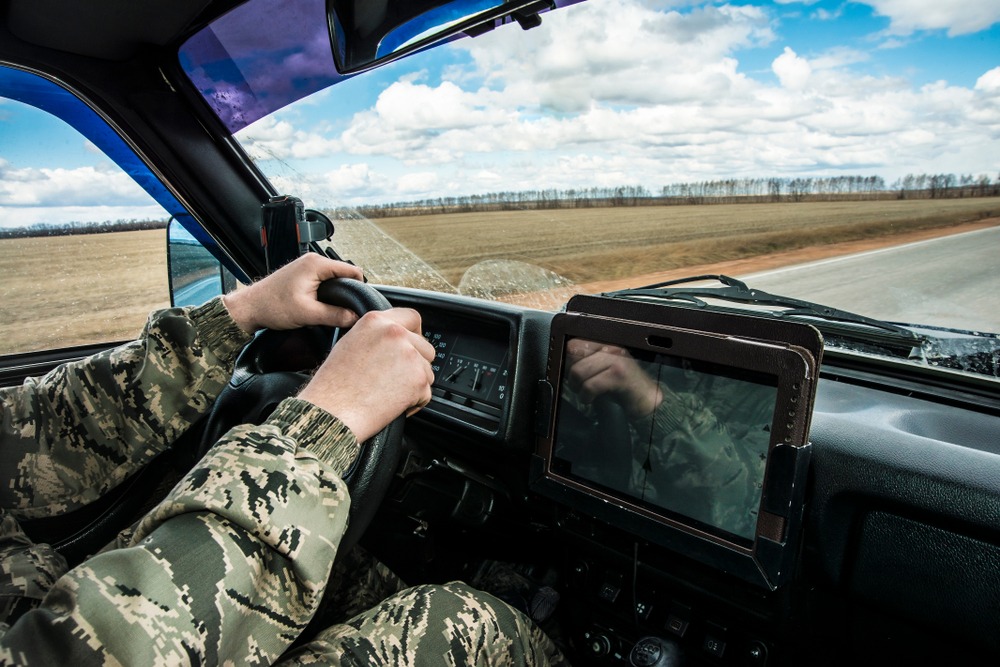A quick guide to Hawaii VPC
Military Shipping, TipsWith 0 commentsWhat is a VPC?
When relocating a vehicle, you do not necessarily have to be with your vehicle 100% of the time. The purpose of having a transport company transfer your vehicle is for you to enjoy the transfer without the stress of carrying the weight of your vehicle to another place. For this to happen, you must turn in your vehicle to a Vehicle Processing Center (VPC). Trusting your mover with the process is vital in preventing any issues as you move along for your relocation. On the other hand, VPCs are where you can also pick up your vehicle after relocation.
Where can I find Hawaii VPC?
Hawaii is located outside the continental United States (OCONUS). It may take some time for your vehicle to reach its destination depending on where it originates and where you plan to relocate your vehicle. In Hawaii, you have Honolulu VPC as your primary stop for vehicle transport. You may set your appointment for pick-up or drop-off ahead of schedule, so you can be served right away. If you are walking in, you may schedule your transaction only on weekends and regular days, as they are closed otherwise.
Turning in a car at Hawaii VPC
You carry a great weight of responsibility as you process your PCS or transfer to another base for your service. The requirements for your PCS can be extensive at times. As you complete, your requirements, you get closer to turning in your vehicle to a VPC. To make sure that everything goes well in the process you may take a few notes down from the tips below:
Preparation for your vehicle for transfer
- Before making an appointment, make sure that your vehicle is in its most optimal condition. Running maintenance checks before turning in can help document the required fixtures on your vehicle.
- Preparing the vehicle requires you to clean it as well. Make sure to avoid applying any flammable or toxic materials on the car’s exterior and interior.
- Keep only a quarter of a tank of gasoline at most.
- Check the vehicle’s battery for charge.
- Ensure that locks and other protective gear are functioning.
Required Documents for turn-in
When dropping off or turning in your vehicle to your selected VPC, you must also see to it that you have the required documents to match their records. Processing these documents ahead of time can help in reducing the time spent in the transfer process. Here are the documents you need to process before dropping off your vehicle.
- Shipping forms
- Eligibility for a government-issued move for your vehicle that is lighter than 20 MT.
- Completed pre-inspection form from the VPC entrance gate
- Proof of vehicle ownership
- A copy of your PCS orders
- Government-issued identification card
These documents are important in ensuring the safety and legality of the transfer of your vehicle. In this process, you may avail of government assistance in transferring your transfer or avail of the transfer for yourself. For the latter, you have all the control over the process, and preparing all these documents is important to prevent any further delays. You may start with preparing your vehicle, and the required documents after the issuance of your order. After following the required procedure on your VPC, you may wait up to 60 days for your transfer to complete.
Hawaii VPC Pick up
Verifying your ownership of the vehicle and the transfer is important for VPCs. You should always carry all the necessary documentation when risking your vehicle. Please provide the following documents:
- Prооf оf identity. Identification issued by the government or state is required.
- Your designated agent must also bring an official valid photo ID and your vehicle inspection form if they are assigned to risk up your vehicle.
- A family member or friend can act on your behalf if you are unable to pick up your vehicle in person. A power of attorney or letter of authorization must be provided along with a copy of both sides of your valid government or state-issued identification.
You will be required to sign in with the necessary documents to be able to inspect and risk-up your vehicle before you can do so.



